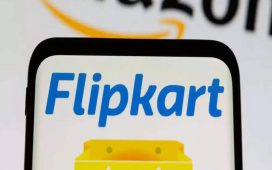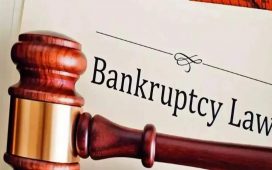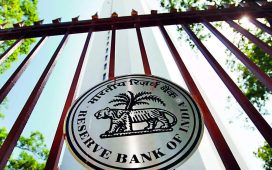“After assuming Rs 250bn (Rs 25,000 crore) debt-raise, Vi still faces a stiff task in making Rs 186bn (Rs 18,600 crore) regulatory payouts. Even after assuming another 15-20 per cent tariff hike and lower capex in FY27, Vi’s underlying FCF of – Rs 41bn (Rs 4,100 crore) is likely to fall short of Rs236bn (Rs 23,600 crore) required for meeting regulatory payouts,” IIFL said in its analysis.
According to Motilal Oswal Financial Services, while government equity conversion provides cash flow relief for VIL and is a key medium-term positive development, stabilisation of its subscriber base, long-pending debt raise, and further relief on AGR dues will be vital for Vi’s long-term survival.
Two Sharp with ET: India faces $31B export loss from Trump tariffs | Can Govt’s 49% stake save Vi?

In this episode of Two Sharp with ET, we decode two major developments: India faces a $31 billion export loss, and the US plans reciprocal tariffs starting April 2. Meanwhile, the Indian government becomes the largest shareholder in Vodafone Idea, converting dues into equity worth ₹36,950 crore. Will India avert a trade war with the US? Can Vodafone Idea survive the telecom race? Nisha Poddar breaks it down.
The Centre’s continued commitment to maintaining a ‘three plus one’ market construct in the Indian telecom sector and the easing of VIL cashflow constraint are also positive for Indus Towers, it added.
Motilal Oswal said despite the spectrum dues conversion into equity, Vodafone Idea (VIL) would continue to require more relief from the government on AGR dues as well as spectrum payments beyond the first half of FY2027-28 (1HFY28).
“With GoI’s stake rising to 49 per cent after the latest equity conversion, any further equity conversion of dues could lead to GoI’s stake crossing 50 per cent, which could turn Vi into a public sector unit (PSU),” the brokerage said. JM Financial observed that equity conversion of spectrum dues improves VIL’s near-term liquidity position but structural concerns around its long-term survivability are largely unchanged. “…structural concerns around VIL’s long-term survivability remain as transforming VIL to a sustainable telco will require multiple significant tariff hikes that can boost ARPU to plus Rs 380 by FY28 (versus ARPU of Rs 163 in 3QFY25) so as to meet…the annual Rs 430 billion (Rs 43000 crore) payment obligation to GoI over FY28-31 and…internally fund a sharp sustainable jump in capex to Rs 100bn-150bn per annum in the long term or 15-20 per cent of revenue to give VIL any chance of holding on to its subscriber market share,” JM Financial said.
Throwing a lifeline to the troubled telecom operator, the government recently decided to convert Rs 36,950 crore of VIL’s outstanding spectrum auction dues into equity, under the provisions of the September 2021 telecom reforms package.
On Sunday, VIL informed the stock exchanges that: “Government has, in line with the September 2021 reforms and support package for telecom sector has decided to convert the outstanding spectrum auction dues, including deferred dues repayable after expiry of the moratorium period, into equity shares to be issued to the Government of India.”
The government shareholding in VIL will correspondingly increase to 48.99 per cent from 22.6 per cent, making the Centre the largest shareholder in the telco, although the promoters — Vodafone and Aditya Birla Group will continue to hold operational control of the telco.
The company has been directed to issue 3,695 crore equity shares of the face value of Rs 10 each at an issue price of Rs 10 each within a period of 30 days after issuance of necessary order from relevant authorities, including from the Securities and Exchange Board of India.











